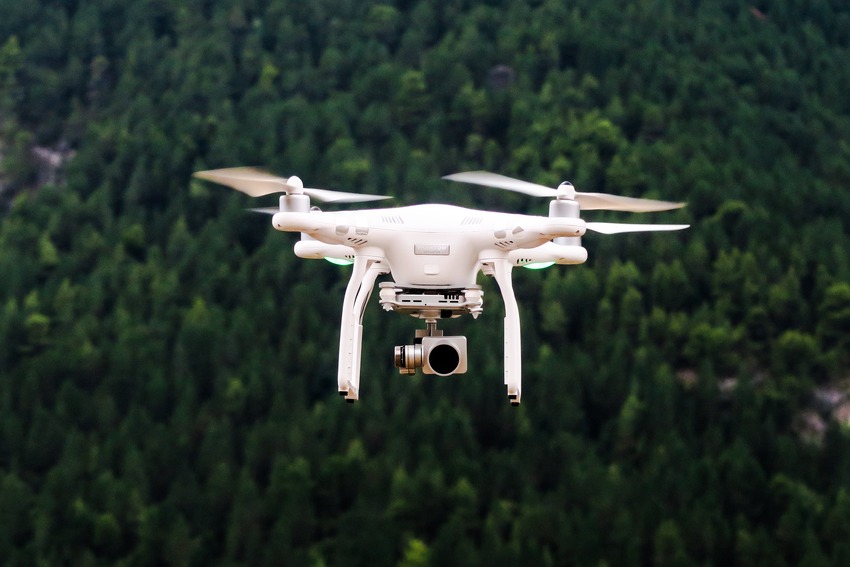In the realm of disaster management, the ascent of drones has ushered in a new era, transforming these aerial marvels into sky sentinels that play a pivotal role in orchestrating resilience. This article delves into the multifaceted functions of drones, exploring how they have evolved into indispensable architects of disaster resilience, seamlessly navigating the skies to safeguard communities from the impact of calamities.
Aerial Reconnaissance for Proactive Risk Mitigation
Drones, armed with cutting-edge sensors and imaging capabilities, serve as the vanguards in the quest for proactive risk mitigation. This section explores how drones engage in aerial reconnaissance, mapping vulnerable regions, and identifying potential hazards. By providing nuanced data, these airborne architects empower communities to design resilient foundations, steering urban planning away from risk-prone areas and towards safer, sustainable landscapes.
Dynamic Surveillance and Early Warning Systems
Drones stand as dynamic sentinels in the sky, orchestrating resilient responses through real-time surveillance and early warning systems. This part delves into how drones, equipped with sophisticated monitoring tools, become the eyes and ears during disaster events. By swiftly relaying crucial information to emergency responders, they enable communities to mount resilient responses, minimizing the impact and expediting recovery efforts.
Search and Rescue Choreography in Crisis Zones
In the ballet of disaster response, drones perform a choreographed routine in search and rescue operations. This section elucidates how drones, equipped with advanced sensors and cameras, execute precise maneuvers to locate and assist survivors in challenging terrains. Their aerial ballet enhances the efficiency of search and rescue missions, portraying drones as agile architects of resilience in times of crisis.
Airborne Logistics in the Face of Adversity
Drones emerge as airborne logistics architects, orchestrating airdrops of hope to communities grappling with disaster aftermath. This part illuminates how drones become instrumental in delivering emergency supplies, including medical aid, food, and communication equipment. By circumventing logistical challenges, they infuse resilience into relief efforts, ensuring that essential resources reach affected areas with unprecedented speed and precision.
Data-Driven Recovery and Reconstruction
In the aftermath of disasters, drones conduct a symphony of data-driven recovery and reconstruction. This section explores how drones, armed with high-tech cameras and LiDAR technology, efficiently survey affected regions, capturing vital data for resilient reconstruction. Their aerial symphony accelerates the recovery phase, orchestrating a harmonious balance between resource allocation and rebuilding efforts.
Drones and Eco-Harmony
Beyond human-centric concerns, drones extend their guardianship to biodiversity and ecosystem resilience. This part highlights how drones equipped with environmental sensors monitor the impact of disasters on natural habitats. By contributing to eco-harmony, they guide resilient reconstruction efforts that prioritize the restoration of ecosystems, underlining drones as custodians of both human and environmental well-being.
Broadcasting Resilience through the Skies
Drones become airborne messengers, broadcasting resilience through the skies with their aerial public address systems. This section discusses how drones, equipped with loudspeakers or digital displays, disseminate critical information, evacuation instructions, and updates to communities. Their role in aerial communication enhances community preparedness, transforming them into architects of knowledge dissemination during crucial moments.

